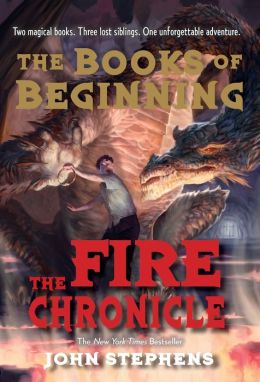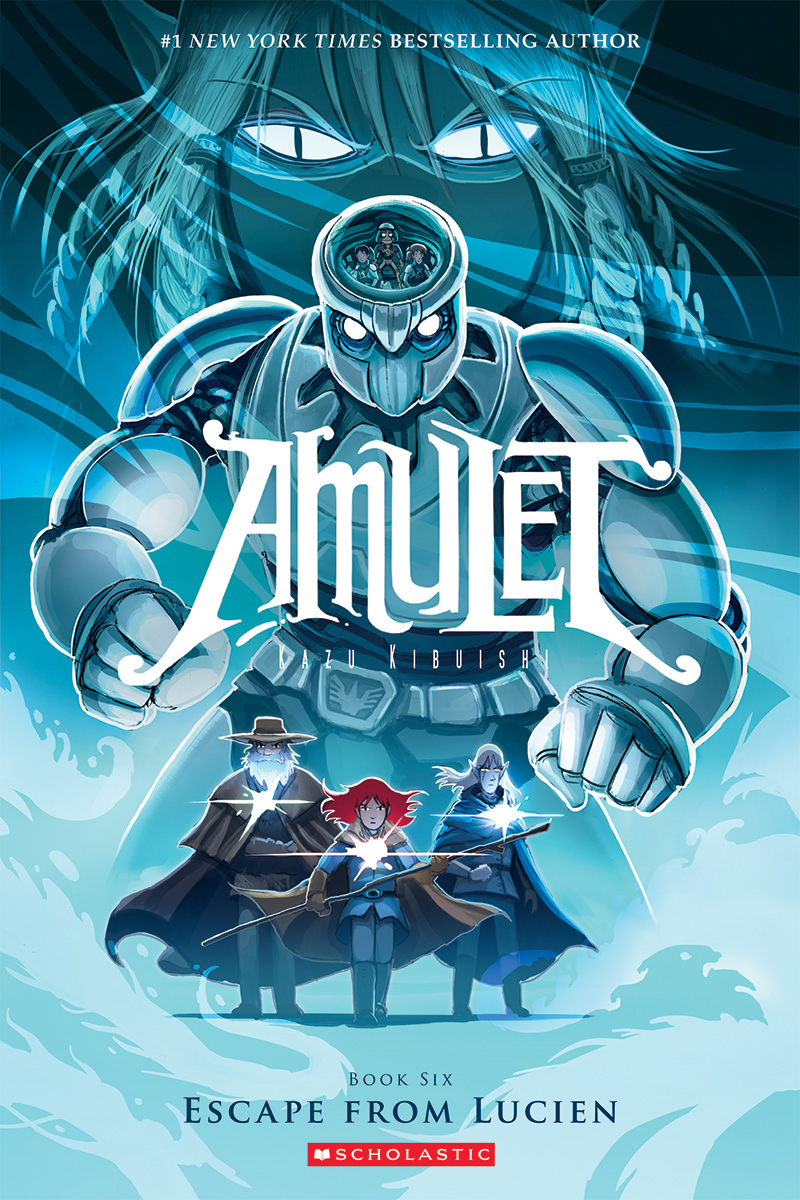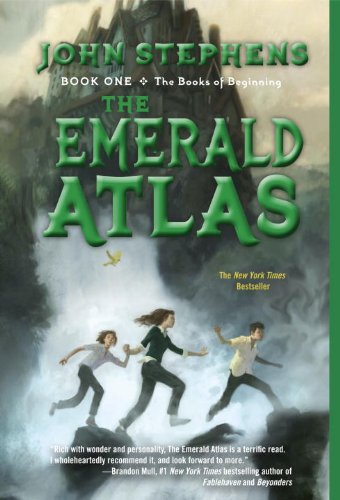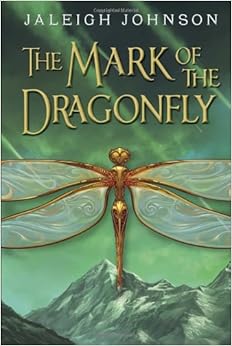The Fire Chronicle is the second in a trilogy underway by John Stephens, and my son and I are completely hooked on the story of three siblings with a powerful destiny ahead of them to reshape the world (or save the world, it’s not yet clear) with three books of power.
The first novel, The Emerald Atlas, mostly tells the story of the eldest sibling, Kate, as she discovers how to move through time. The Fire Chronicle gives us the story of the middle child, Michael, as he becomes the Keeper of a book of great power of life and death. In fact, life stories is the great magical power that Michael gains as the Keeper, but it comes with a cost to his identity and memory and more. You know, “With great power comes great responsibility” and all that.
As with the first novel, this one is packed to the brim with adventure, interesting characters and multiple story-lines that bounce and weave back and forth before merging together, and then pulling back apart by the end (to set the stage for the last book). Stephens does a nice job of digging into the heads and hearts of the siblings, too, allowing their insecurities, family bonds, betrayals and secrets to guide the story forward.
For my son and I, the last page of The Fire Chronicle was one of those reader moments: Now we have to wait until next spring to get the last book in the series, The Black Reckoning, (which we suspect will focus in on the youngest and most unpredictable sibling, Emma), and we can’t wait that long! But we will. I already pre-ordered the book, and no doubt, we will get surprised when it arrives in the mail for us to dig into.
Peace (in the fire),
Kevin




 Peace (in the power of story),
Peace (in the power of story),
 Upper elementary and middle school students would eat Copper up, I think, particularly if they are hooked on the Amulet series. I see now that you can access many of the
Upper elementary and middle school students would eat Copper up, I think, particularly if they are hooked on the Amulet series. I see now that you can access many of the 










